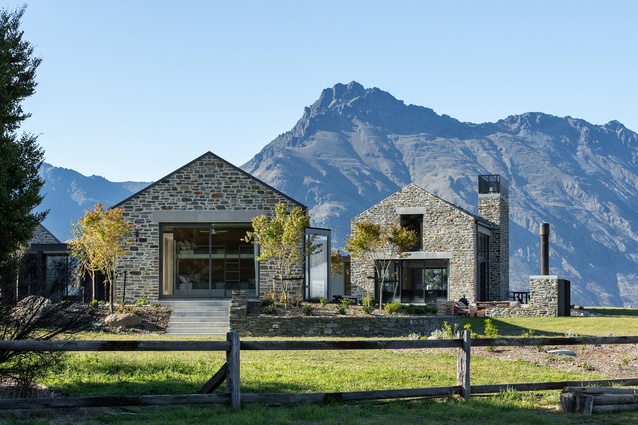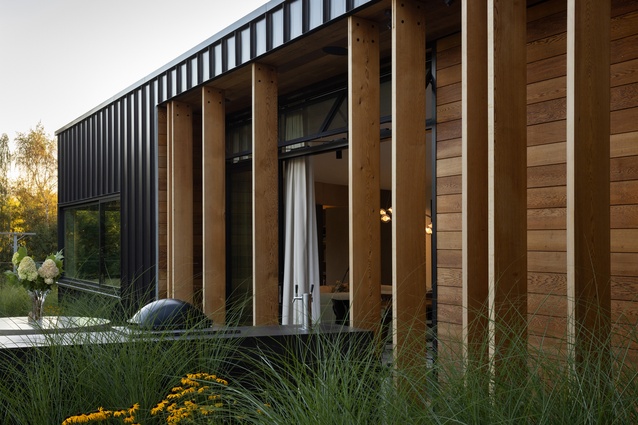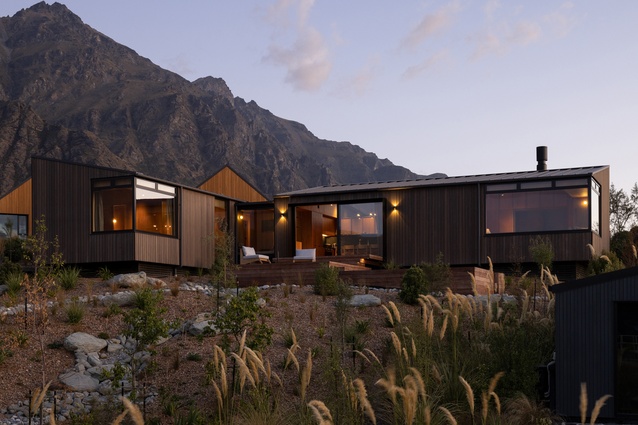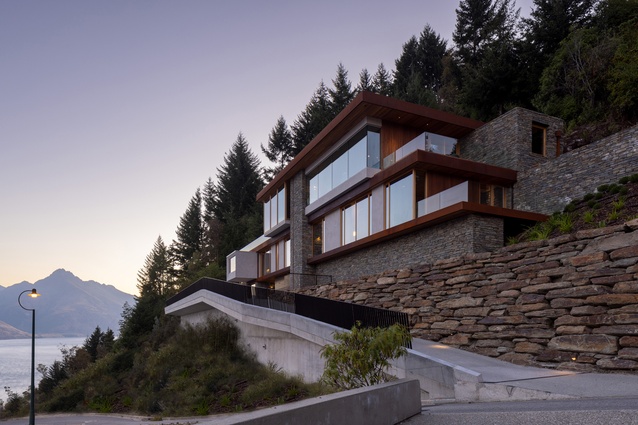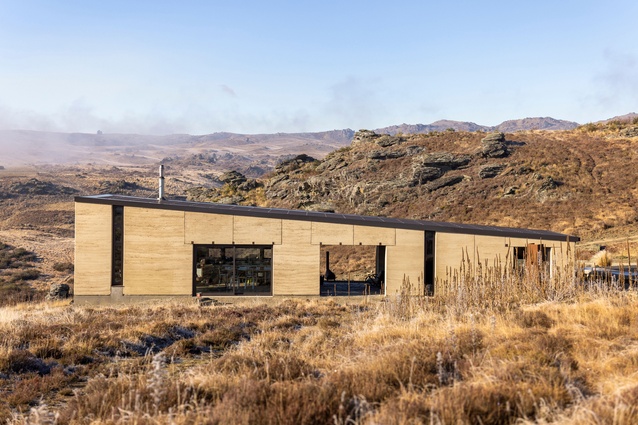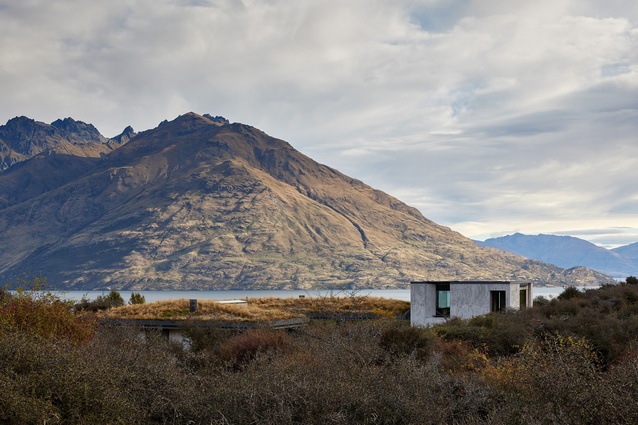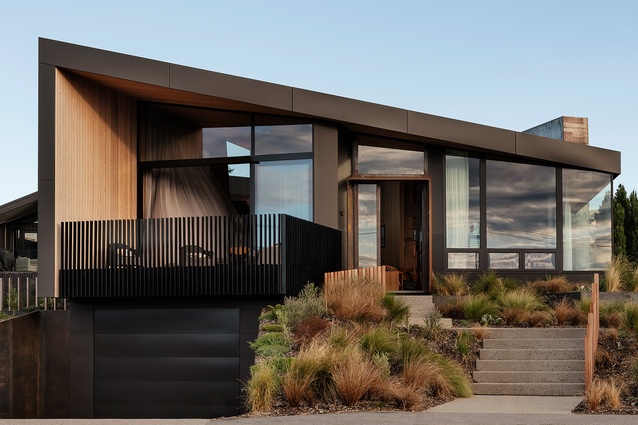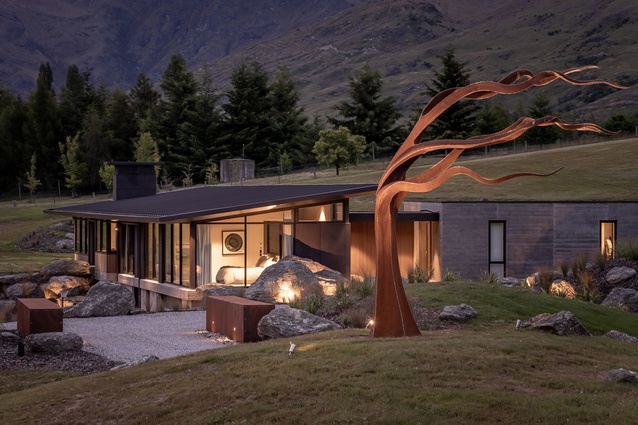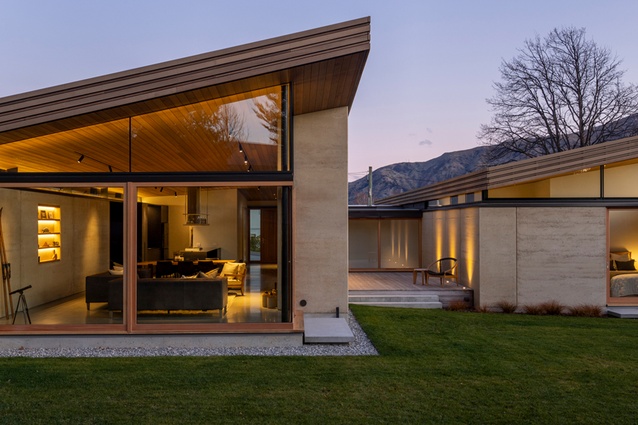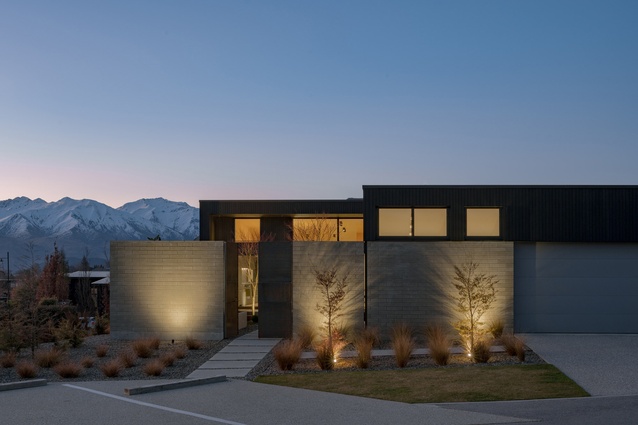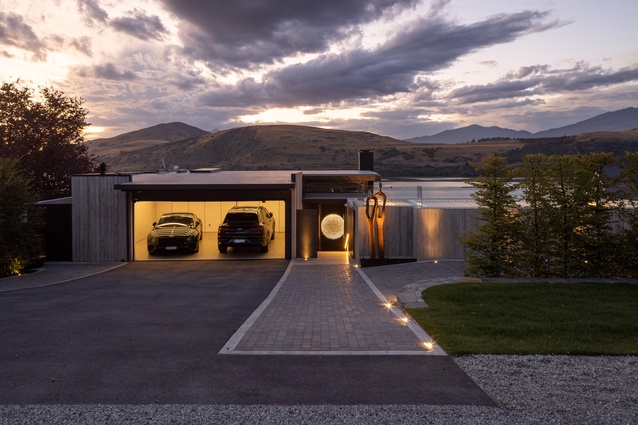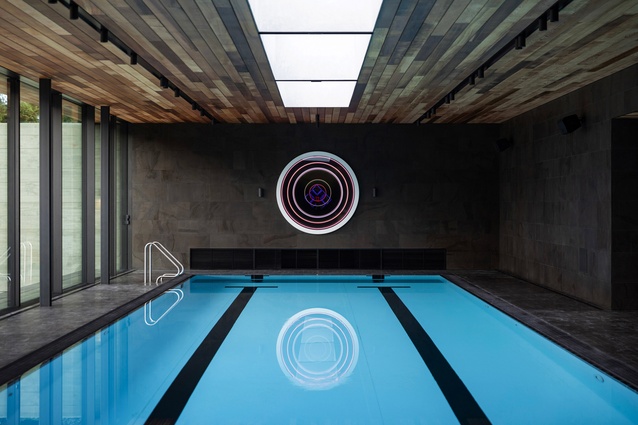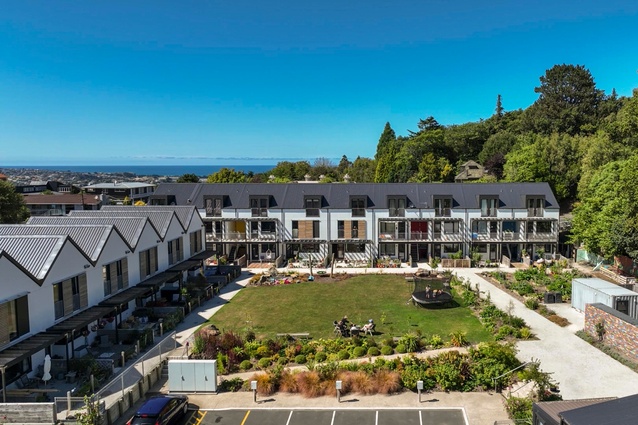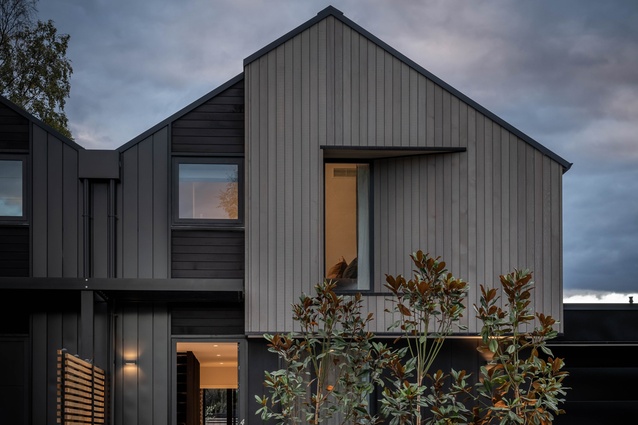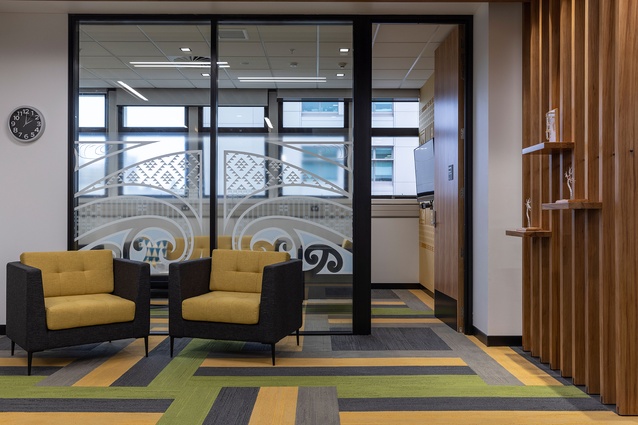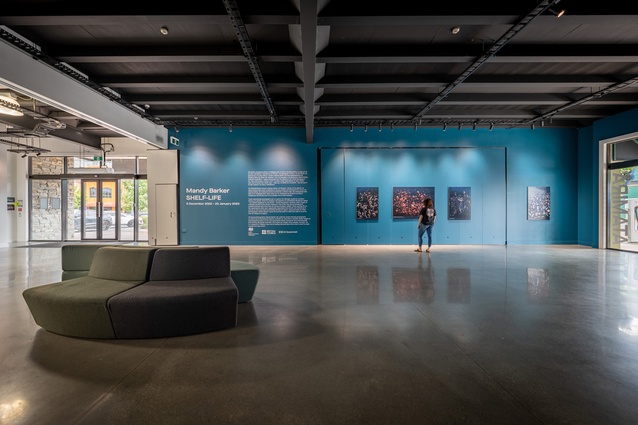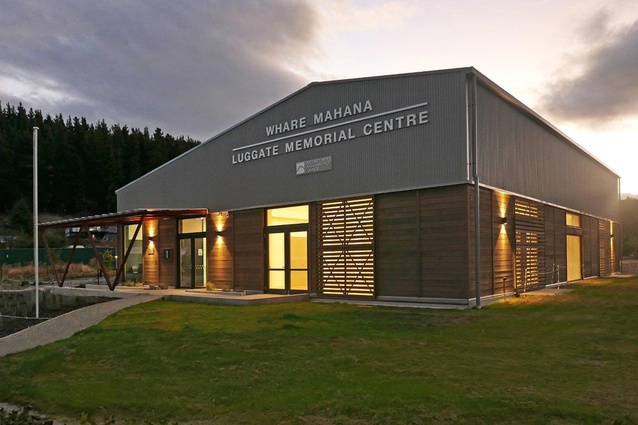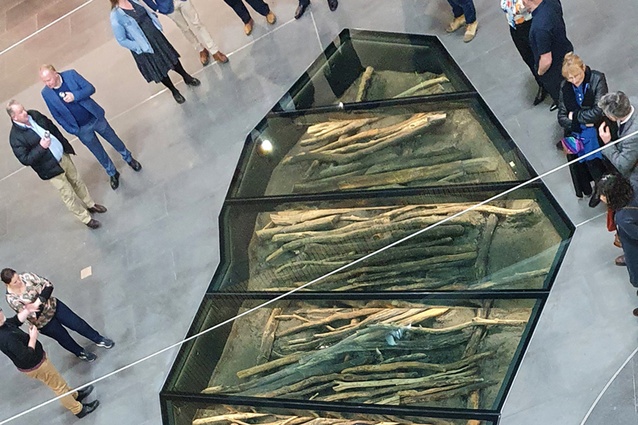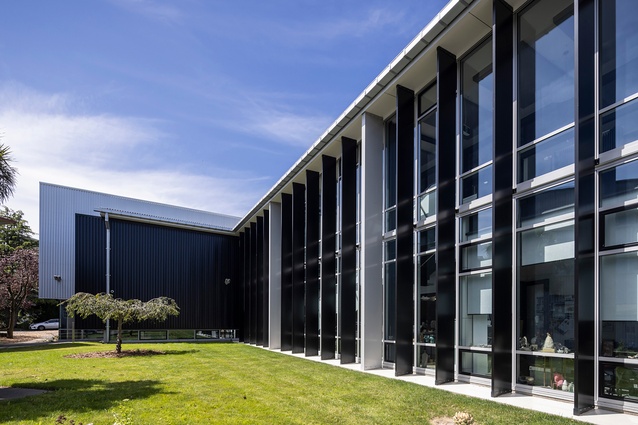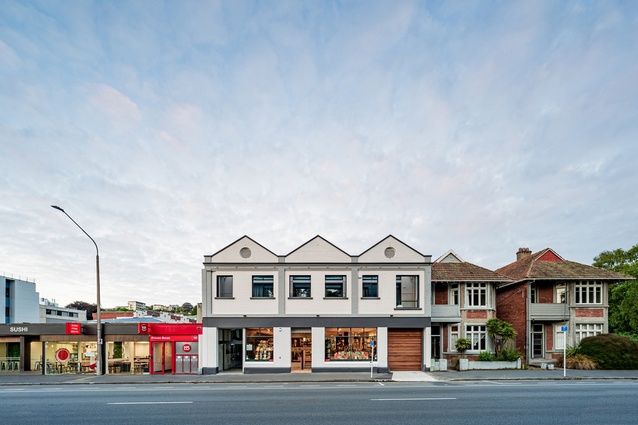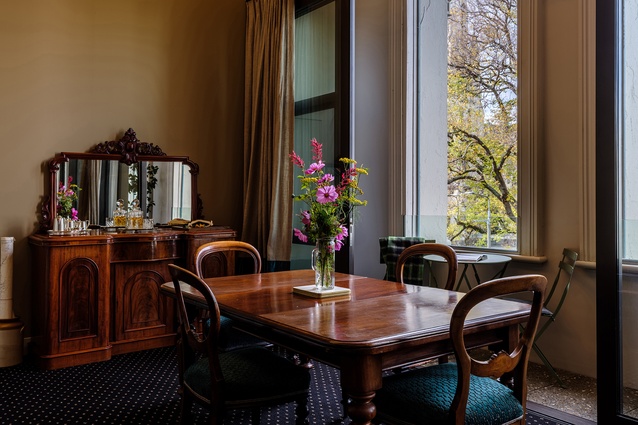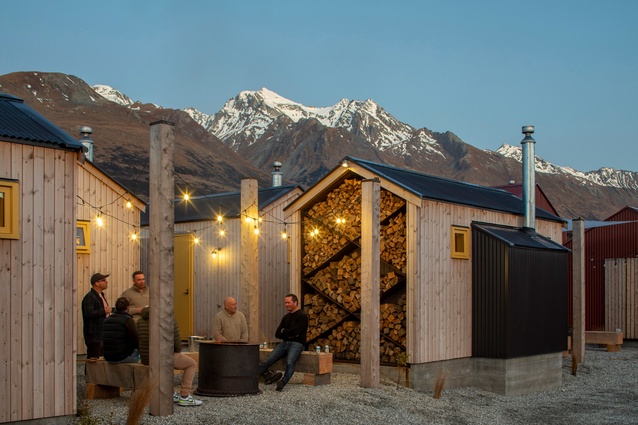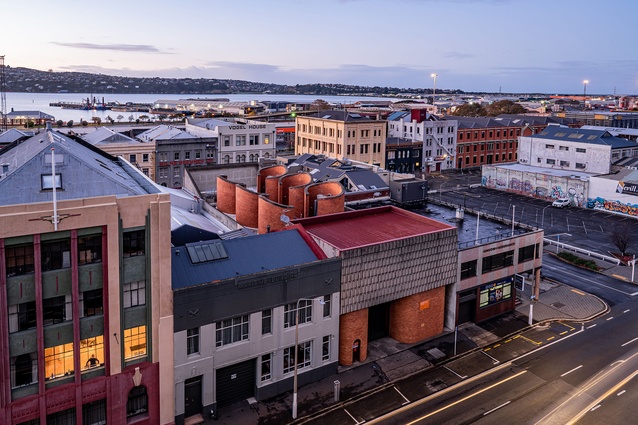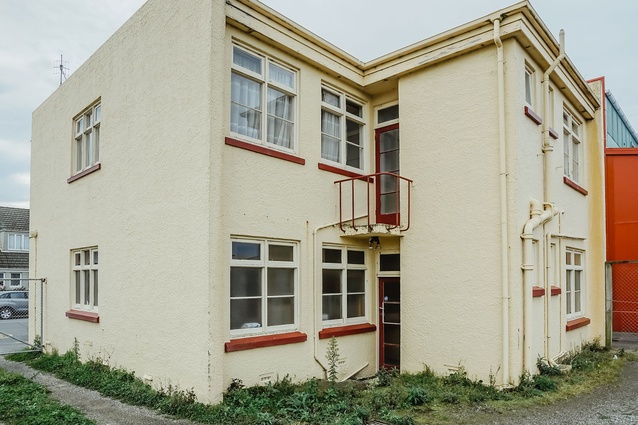Winners revealed: Southern Architecture Awards 2023
The most charming base camp ever built, public and commercial buildings breathing life into South Island communities, and new homes as stunning as the landscapes that surround them are amongst the buildings to be recognised in the 2023 Te Kāhui Whaihanga New Zealand Institute of Architects Southern Awards.
Twenty-four architecture projects, covering the region from Queenstown to Invercargill, were announced as winners on June 23, at the Athenaeum Hall in Arrowtown.
The Great Glenorchy Alpine Basecamp, a collection of timber huts sited around a restaurant, in the South West New Zealand World Heritage Area, created in a collaboration between RTA Studio and Bureaux, won in the Hospitality category. Carefully and simply designed, the hotel is beautifully understated and a transformative addition to the area.
The first passive community building in the southern hemisphere, Whare Mahana / Luggate Memorial Centre, by Salmond Architecture, Hiberna Construction and WSP, won a Public Architecture award. The humble but handsome community space south-east of Wanaka is a contemporary take on historic rural public halls and buildings. In Dunedin, OUSA — The University Bookshop was commended for its sensitive transformation of a heritage brick building that was once a confectionary factory into first-floor apartments and a lovely store, and recognised with a Heritage award for McCoy and Wixon Architects.
The residential architecture categories celebrated fourteen designs that are restrained in aesthetic, and intelligent in their response to the landscape. Low-lying forms were de rigueur in the Housing category, and secluded and private spaces were seen in both Housing and Housing— Multi-Unit categories.
Colours were often muted and in keeping with their surroundings, according to Shana Payne, jury convenor: “There was an abundance of natural Central Otago colour palettes in the materials and finishes, highlighting to us the desire to connect to nature. Raw steel, natural leather, blue stone and darker tones provided a sense of grounding, and timber really excelled as a material choice this year, due to the plasterboard shortage.”
Four projects won Resene Colour Awards: The Great Glenorchy Alpine Basecamp; Remarkbuckle Crib, a warm and rich home by Assembly Architects; Matagouri Drive, a stunning rural home by Fearon Hay Architects; and Wanaka Urban Bach, a home with tasteful pops of colour and texture by Hyndman Taylor Architects.
Payne, who is a practitioner at Respond Architects, was joined on the jury by Meiling Honson of Jasmax, Andrew Kissell of bell + co architecture, and Jewell Cassells, interior designer. “We witnessed responses to small budgets, heritage stories, work spaces for students or professionals and a transformation within architecture due to Covid,” says Payne. “We were overwhelmed by the attention to detail, the natural beauty and projects that excelled beyond our imaginations.”
The winning projects are:
Housing
Dalefield House by Anna-Marie Chin Architects
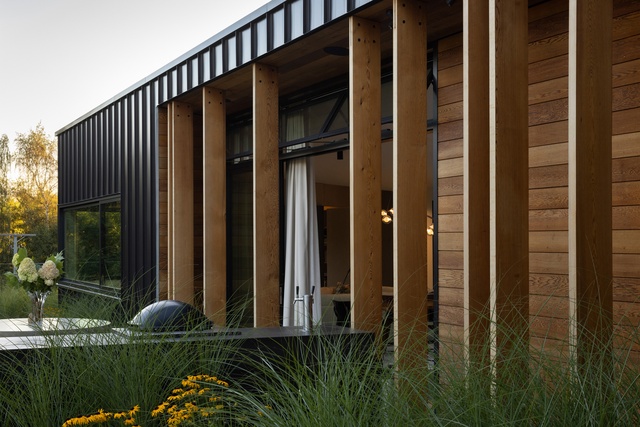
The long, low simply finished form suggests a rural character which works well in the landscape. The building is much more detailed than it appears at first glance, evident in the vertical timber posts that give the effect of privatising and minimising the building. The interior, which is light and slightly vernacular in its industrial references, provides a comfortable environment and contemporary canvas for the client. Beautiful in design and appearance.
Remarbuckle Crib by Assembly Architects
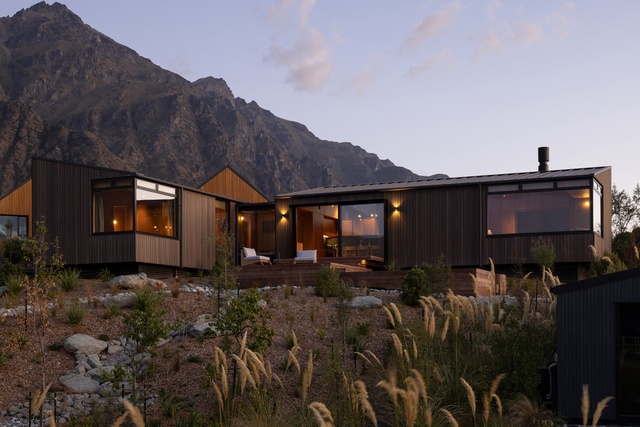
Mono-pitch roof forms above three boxes that face different directions are reminiscent of the fractured mountains beyond. Clad with a restrained material palette, they are cleverly composed to counter the elements. Designed during the first Covid lockdown, the architects refer to the project as an “accordion house”, adapting to ever-changing requirements of size and construction cost.
Resene Colour Award:
The restrained palette of vertical shiplap boards that will blacken with age is juxtaposed by the confident use of interior colour. Earthy reds, sage and pounamu greens are offset with stained plywood linings and tactile brass door handles that lend a homely, yet crafted feel.
Rock Solid by Assembly Architects
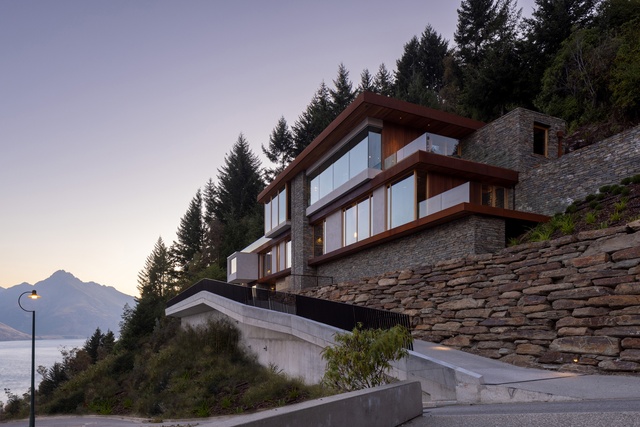
With elegance and refined attention to detail, this residence belies the complexities of its challenging site. The upper shared living spaces appear to float above the lake, providing connection with the sublime setting. Robust materials are applied throughout and are softened by a warm interior palette. Each space clearly serves its own purpose, and each bedroom has been carefully considered to provide its own unique position.
Ophir House by C Nott Architects
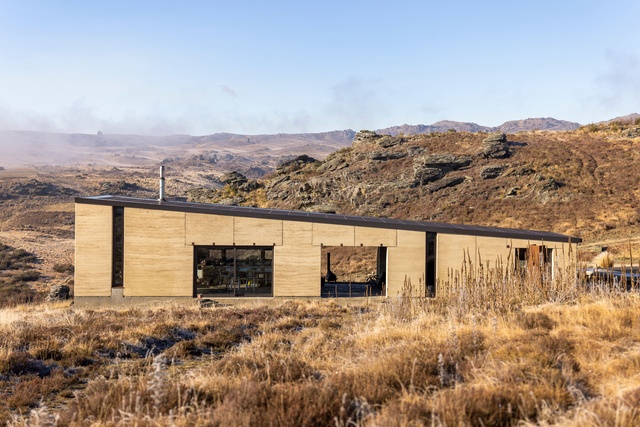
A humble 120m2 abode made with earth from its local surroundings. The clients actively engage with the raw environment in every aspect of this design, from framed views, breezeway and earthen floors. This is an honest and responsive design elevated by playful accessories such as toggle switches and a winding handwheel. The client chose raw materials for their low-carbon impact and the result is a well-executed, sustainable dwelling sitting beautifully within the landscape.
Matagouri Drive by Fearon Hay Architects
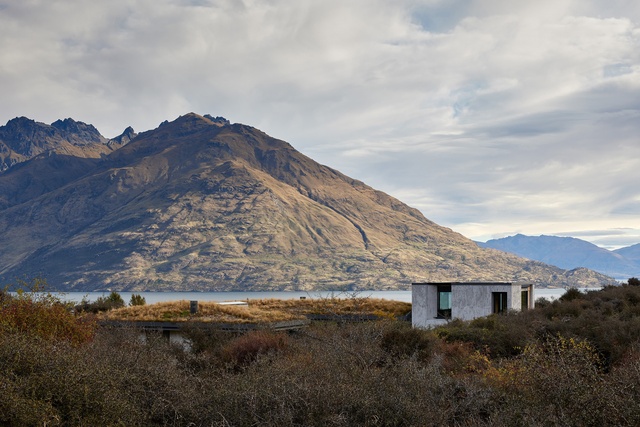
This impressive design is thorough in its consistency and subtlety. Considerate of the landscape, its low-lying form has a green roof that transitions from the hill behind. Walls, predominantly plaster or glazing, connect with the surroundings and support the flow from interior to exterior. The interior architecture, finishes and furnishings are similar or the same as the exterior and the coffered timber ceiling is a notable addition. Although sophisticated, the result feels unpretentious due to its refined detailing.
Resene Colour Award:
The natural, muted colour palette reflects the site, lending the sense of being fully immersed within the environment. Meanwhile, a pop of colour in the laundry provides an element of surprise and delight.
Wanaka Urban Bach by Hyndman Taylor Architects
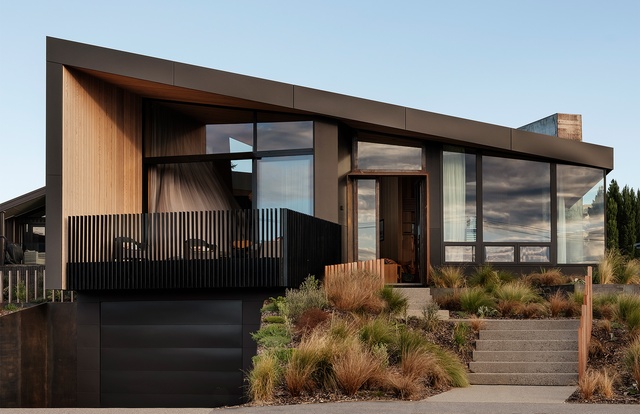
Designed for two sisters and their families, the clients provided a great deal of input, which has informed this highly personal project. The sunken garage was a key design move that reduces its dominance to the street. From here, the eye is encouraged up to the landscaped entrance where the front-door handle, sourced from the owners’ farm, provides a sculptural element to hard-edge architectural angles. Clever placement of the floorplan affords all rooms views to Lake Wānaka, including bedrooms that are setback from the street.
Resene Colour Award:
In contrast to the restrained use of colour in the living areas, bedrooms and bathrooms feature teal, mint green, marine blue and terracotta to bring personality into the holiday home. Elsewhere, rough-sawn timber lends texture and warmth.
Closeburn Lodge by Mason & Wales Architects
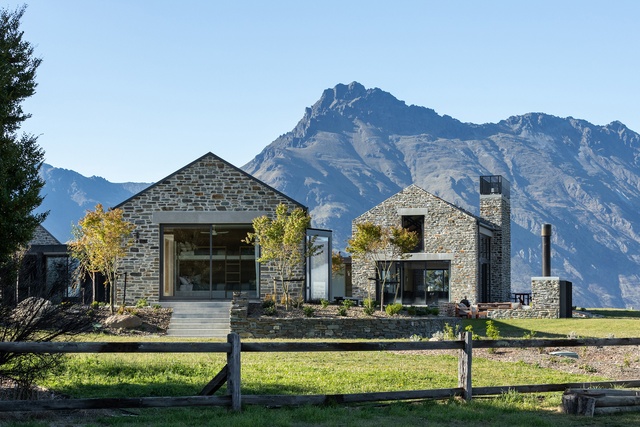
A successful strategy breaks down a substantial home into a village of four stone barns with a surprise twist. The home’s various forms, which have just the right degree of separation, are situated to address the site and its stunning mountain views. The outdoor areas between them provide a variety of spaces that seek protection from the elements in this exposed landscape.
Maunga Ora by Mason & Wales Architects
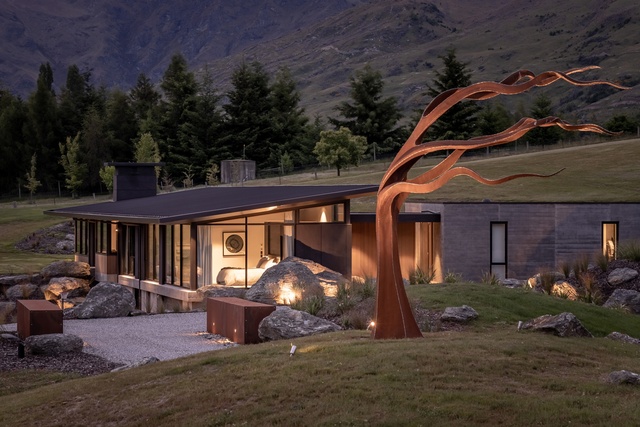
This simple, dynamic response to site creates a linear form that sits easily on the land. The welcoming entry is defined between the home’s two wings, drawing visitors into and through the home, and out to expansive views of the surrounding mountain landscapes.
Winding Roof House by Rafe Maclean Architects
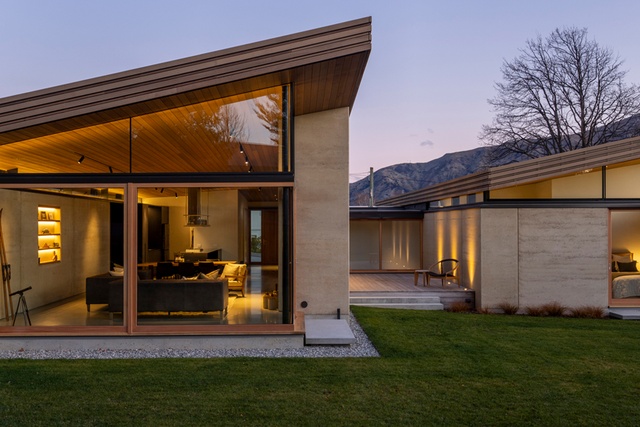
The 500mm earth walls are situated like a simple parti diagram, with a roof that lifts to the northwest and appears to float above. The architecture and detail are outstanding; a well-crafted design that responds to the client’s brief and their thorough understanding of the site. Privacy, comfort and light are all well-considered in this high-performance home.
Owens House by Rafe Maclean Architects
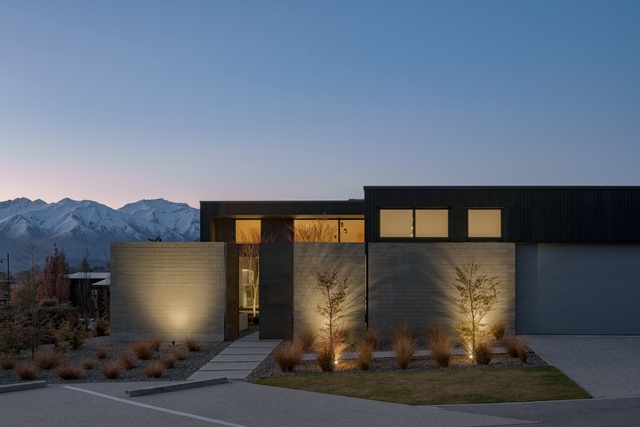
A little oasis in suburbia, this courtyard home is a bold and carefully crafted response to the setting. Meticulously designed, detailed and built, it provides both privacy and outlook. This light-filled home creates a wonderfully secluded and quiet refuge for a young family to live, work and play.
Housing – Alterations & Additions
Lake House by Anna-Marie Chin Architects
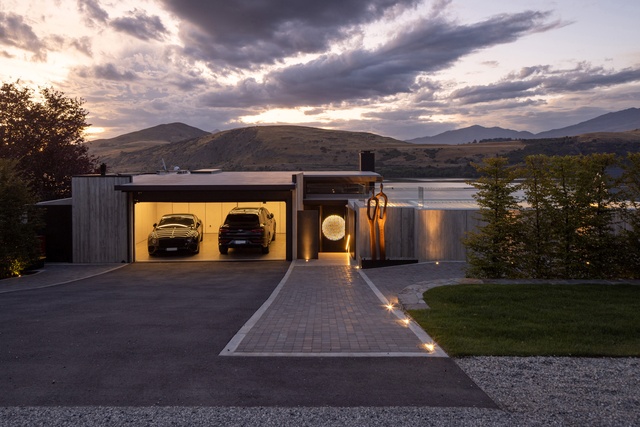
An extensive and playful renovation brings new life to a lakeside home. Entering what appears to be a low, modestly scaled home, this project opens out, extends downwards, and is full of surprises. Dark narrow passages and hidden cave-like spaces open out to light-filled rooms and lake views.
The Pool by Yoke
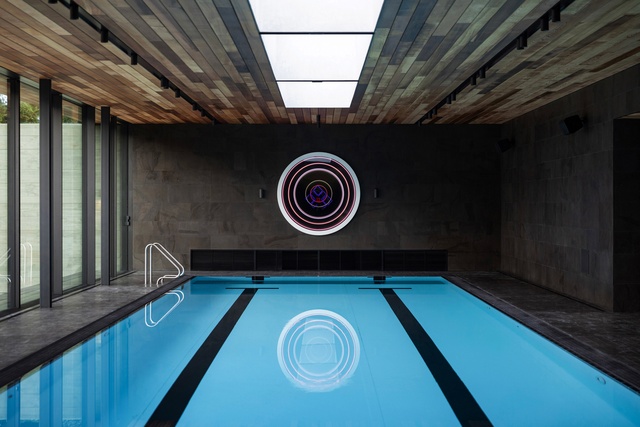
This building meets the brief to accommodate an Olympic-sized pool for both private use and the rehabilitation of performance athletes. The building is tucked away at the back of the site in its own architectural style that sits comfortably with the existing dwellings. It is a small commercial building in a domestic setting. Interior finishes are warm and inviting, and the acoustics and outlook are well considered.
Housing – Multi Unit
Toiora Cohousing Development by Architype
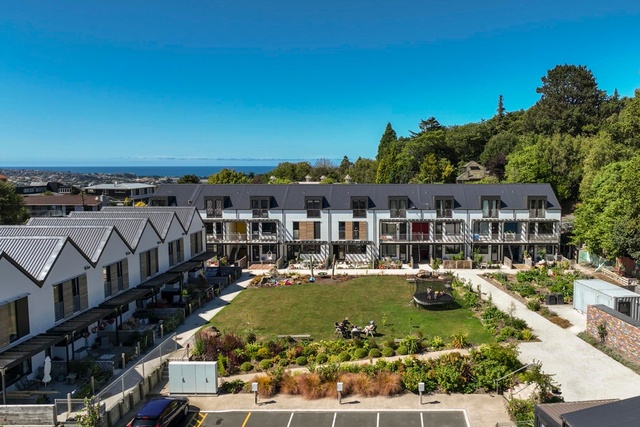
This housing complex stuck to its commitment to deliver a high standard of living at a community scale which is no small achievement. Spatial planning demonstrates thoughtful and considered design decisions that defy budget constraints with simple, beautiful outcomes.
There’s no fuss in the modular design and flexibility of the 24, one-to-five-bedroom homes, which provide a tailored, adaptive response on a light footprint. This project goes beyond award-winning architecture and promotes environmental and social innovation.
Upton Street Townhouses by Condon Scott Architects
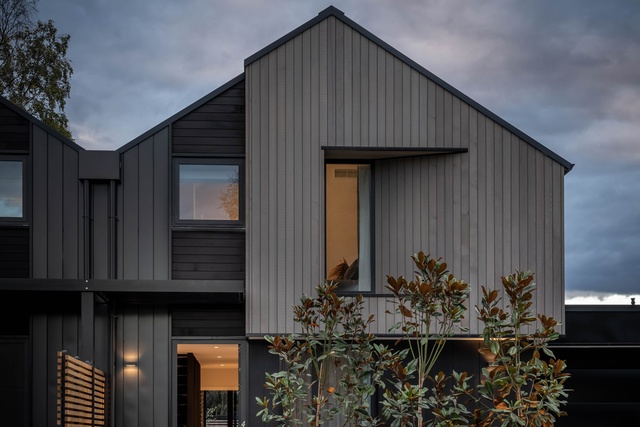
This kind of medium-density living is uncommon in Wānaka and balances the contemporary alpine vernacular with a low-maintenance, lock-up-and-leave design. The slightly offset volume of the upper floor, combined with the contrasting exterior cladding of vertical cedar and black steel-tray cladding, break down scale in this predominantly single-storey suburban street. Deep angled window reveals provide privacy to the upper-floor bedrooms and filter the extreme Otago sunlight.
These well-detailed dwellings meet the client’s brief and planning constraints, while also providing great architecture that blends in with the residential landscape.
Interior Architecture
University of Otago – Science Divisional Offices by McCoy and Wixon Architects
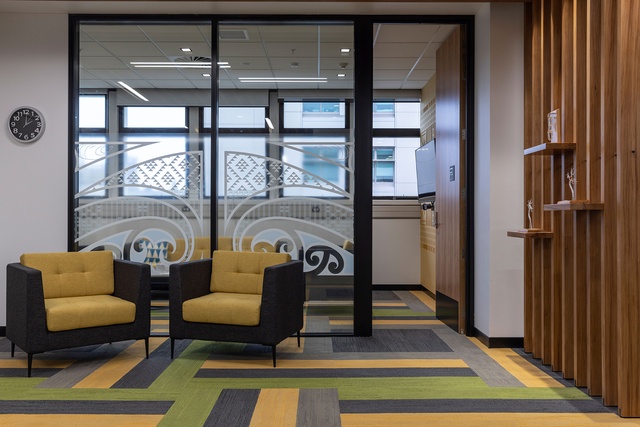
An interior retrofit project successfully delivers open, inviting and collaborative workspaces, with a strong matauranga Māori narrative embedded within its design. The new, light-filled workspaces facilitate a connected and collaborative environment. A contrast to their former workplace, the faculty team has come to embrace and celebrate the change.
Public Architecture
Te Atamira by Ignite Architects
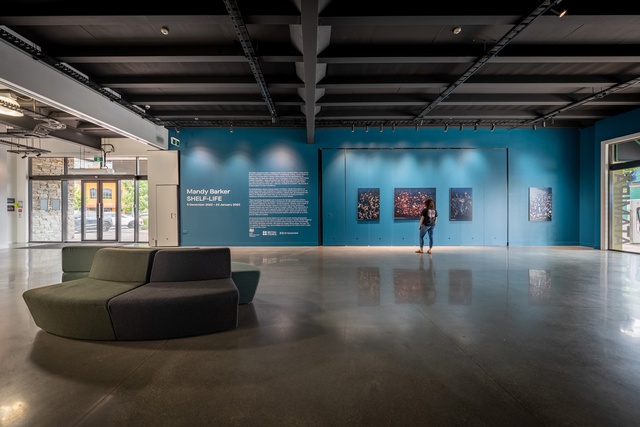
This design heroes the myriad visual works and performances presented at the community arts and cultural facility. Neutral walls disappear and material choices, driven by budget, are as refined as possible. The multipurpose desk, shop and bar area can be locked up at night, which neatly resolves this multifunctional space. A professionally managed project with limited time and budget, it has already successfully hosted thousands of local and international visitors.
Whare Mahana (Luggate Memorial Centre) by Salmond Architecture, Hiberna Construction and WSP (Structural Services)
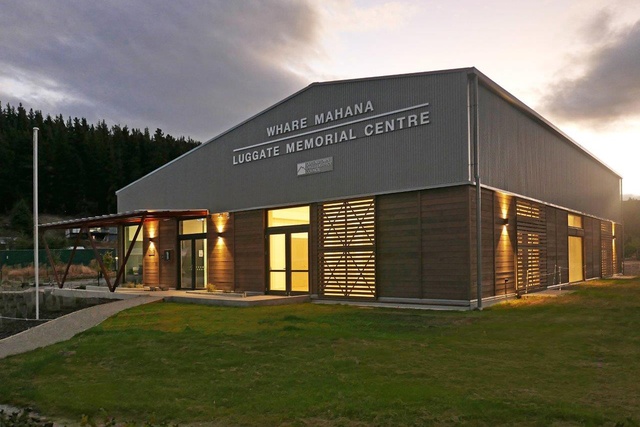
This well-executed design provides hidden assets that were challenging to implement to brief, budget and passive-house standards. Reminiscent of rural public halls and buildings, the structure is humble but handsome. The corrugated roof and partial wall cladding are balanced by a warm, inviting interior. This highly functional multi-use space is friendly, accessible and provides the community with a hugely valuable asset.
Small Project Architecture
Manuka Causeway by McAuliffe Stevens
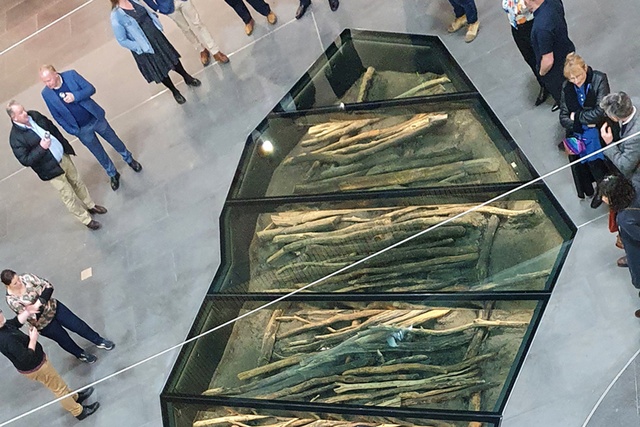
This design solution is simple, sophisticated and a delight to experience. Glass and polished chrome protect and celebrate historic artefacts in a conditioned environment. Working with a highly technical brief, this small but grand contribution reveals Dunedin’s oldest history. There’s magic in engaging and interacting with this installation.
Education
Otago Polytechnic O Block – Stage 1 & 2 by McCoy and Wixon Architects
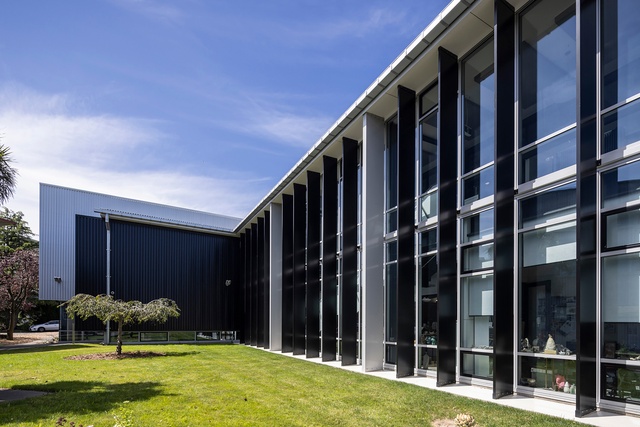
The two-storey facility is the second phase of a masterplan for the polytechnic, and it continues with the clear, consistent architectural language of stage one. The internal street is designed as a flexible meeting space for students and staff to work collaboratively outside studio areas. The building structure and services are visible, which act as a subtle educational tool. Built a decade after phase one, the new addition is seamless.
Heritage
OUSA – University Bookshop Redevelopment by McCoy and Wixon Architects
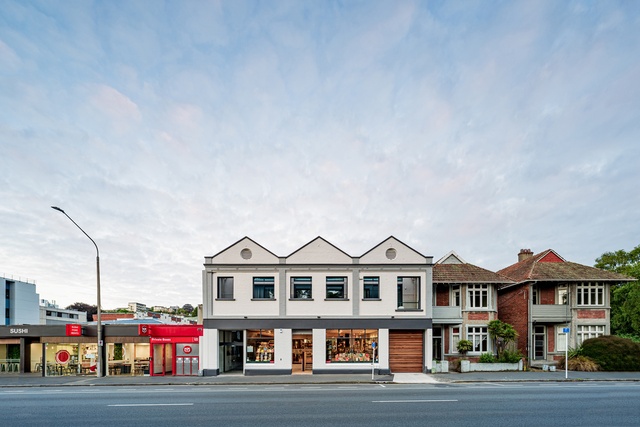
This is a subtle re-invention of a former confectionery factory, which sits right on the university’s doorstep. Private light-filled apartments are located above a much-loved retail institution – the University Book Shop. The factory’s existing building fabric is respected, with characterful brickwork and delightfully rudimentary timber truss work enlivening spaces and telling their story. With an adaptive mixed-use space at ground level and quality living upstairs, this is a great reference for the rehabilitation of Dunedin’s rich CBD heritage.
Bell Hill Apartments by New Heritage
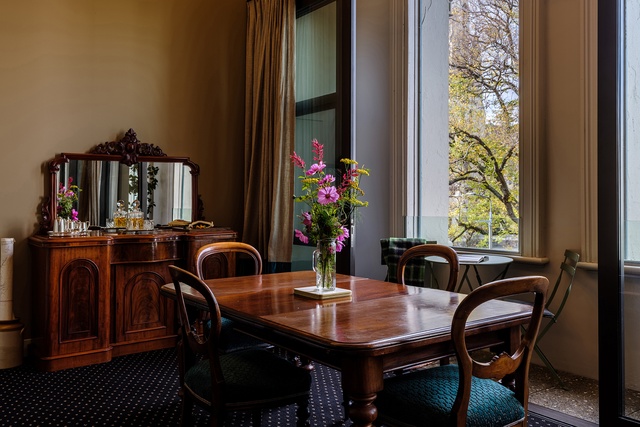
This playful design response respects the established character of inner-city Dunedin and meets commercial demands. Three short-stay apartments are named after former occupants Gaynor Clayton, Henry Matthews and John Campbell, and the interiors are inspired by them.
Large circular openings at the rear façade of an apartment provide afternoon sun and a large, sheltered balcony with rooftop views towards the Octagon and hills beyond. The architect raised the floor level in the living areas to allow sight lines for the person seated inside. An inspiration to its heritage neighbours.
Hospitality
The Great Glenorchy Alpine Basecamp by RTA Studio and Bureaux
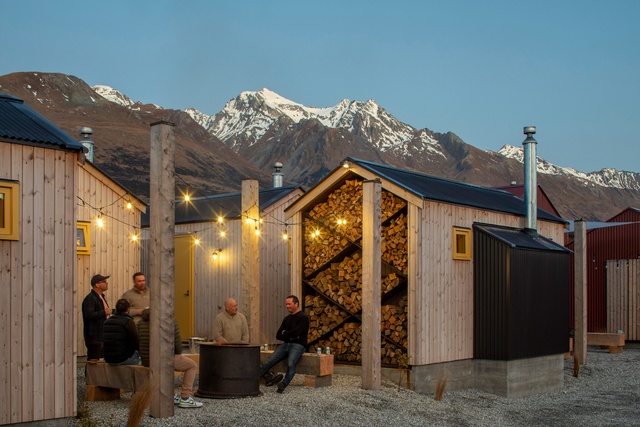
With its ethos in Slow Tourism, this hut-style visitor accommodation is scattered in fractured directions like the surrounding mountains. Carefully and simply designed and finished, the spaces are welcoming and comfortable, with honest materials that suggest a humble hut. A beautifully understated and well executed project that meets the intent and more.
Resene Colour Award:
Honest materials reminiscent of DOC huts are offset with bright yellow doors and window frames that lend cheerful character.
Enduring Architecture
Southern Aurora Substation (1972) by Allingham, Harrison & Partners
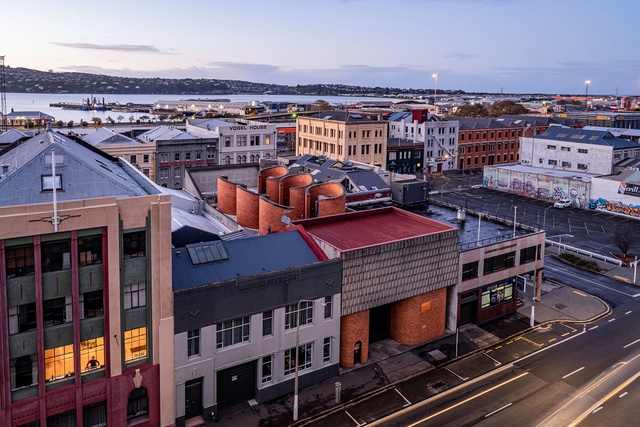
This bold yet playful early 1970s civic infrastructure sits confidently among its heritage neighbours, adding to the richness of the two streets it spans. Engaging curved brickwork at ground level allows views into the building and through the city block. Light plays on the pattern precast above, and a series of beautiful organic brick shells encase and protect the rooftop transformers.
Don Street Medical Centre (1956) by Monica Barham, Architect
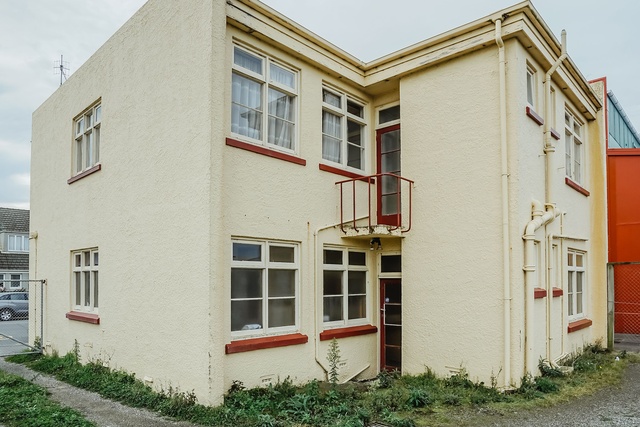
An elegant modernist 1950s doctors’ rooms completed by a prominent and prolific young architect. A sleek, streamlined form of concrete, circular openings and fine steelwork, these rooms are a true reflection of their time. This architectural result is restrained and simple and recognise the influence of international modernism in New Zealand.

